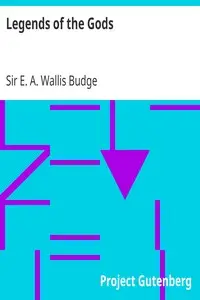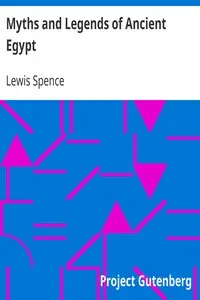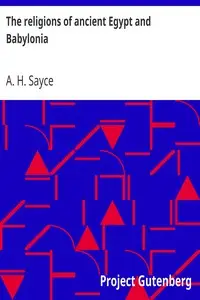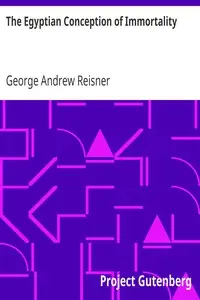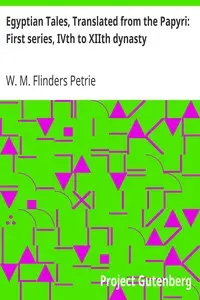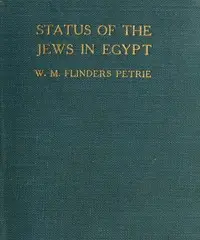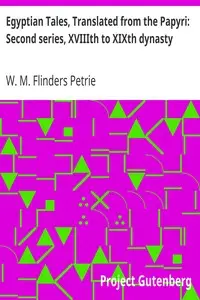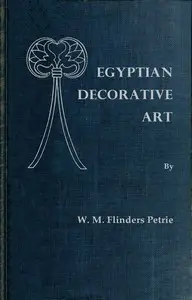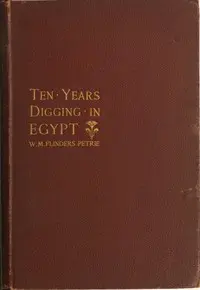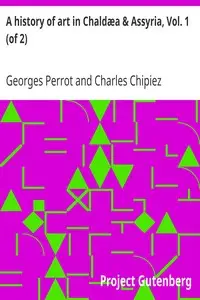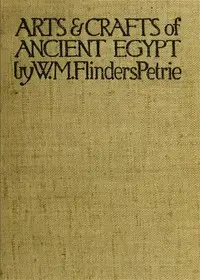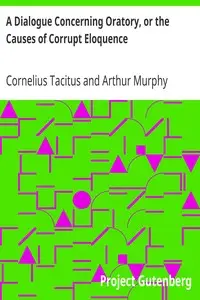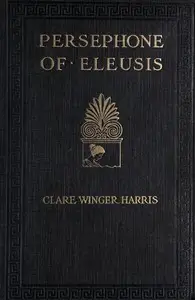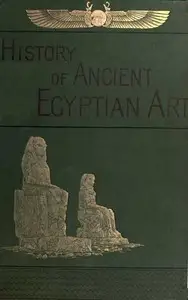"The Religion of Ancient Egypt" by W. M. Flinders Petrie is a historical exploration of the religious beliefs of ancient Egyptians, focusing on their evolving ideas about gods, people, and the afterlife. It examines the elaborate theological systems that took shape over centuries, showing how cultural and political shifts affected them. The book starts by looking at how the Egyptians viewed gods, highlighting that they saw their gods as having limits and human-like qualities, which created a complicated connection between humans and the divine. The author gives a wide-ranging view of the different celestial beliefs and ways to sort gods, including their different forms and jobs, pointing to animism and polytheism as wider themes that will be looked at later. It asks readers to think about what made Egyptian religion special and the basic ideas that formed their picture of the world.
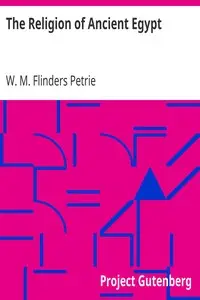
The Religion of Ancient Egypt
By W. M. Flinders (William Matthew Flinders) Petrie
Discover a world where gods aren't perfect and humans and the divine are intertwined, shaping the elaborate beliefs of an ancient civilization.
Summary
About the AuthorSir William Matthew Flinders Petrie, commonly known as simply Sir Flinders Petrie, was a British Egyptologist and a pioneer of systematic methodology in archaeology and the preservation of artefacts. He held the first chair of Egyptology in the United Kingdom, and excavated many of the most important archaeological sites in Egypt in conjunction with his wife, Hilda Urlin. Some consider his most famous discovery to be that of the Merneptah Stele, an opinion with which Petrie himself concurred. Undoubtedly at least as important is his 1905 discovery and correct identification of the character of the Proto-Sinaitic script, the ancestor of almost all alphabetic scripts.
Sir William Matthew Flinders Petrie, commonly known as simply Sir Flinders Petrie, was a British Egyptologist and a pioneer of systematic methodology in archaeology and the preservation of artefacts. He held the first chair of Egyptology in the United Kingdom, and excavated many of the most important archaeological sites in Egypt in conjunction with his wife, Hilda Urlin. Some consider his most famous discovery to be that of the Merneptah Stele, an opinion with which Petrie himself concurred. Undoubtedly at least as important is his 1905 discovery and correct identification of the character of the Proto-Sinaitic script, the ancestor of almost all alphabetic scripts.



